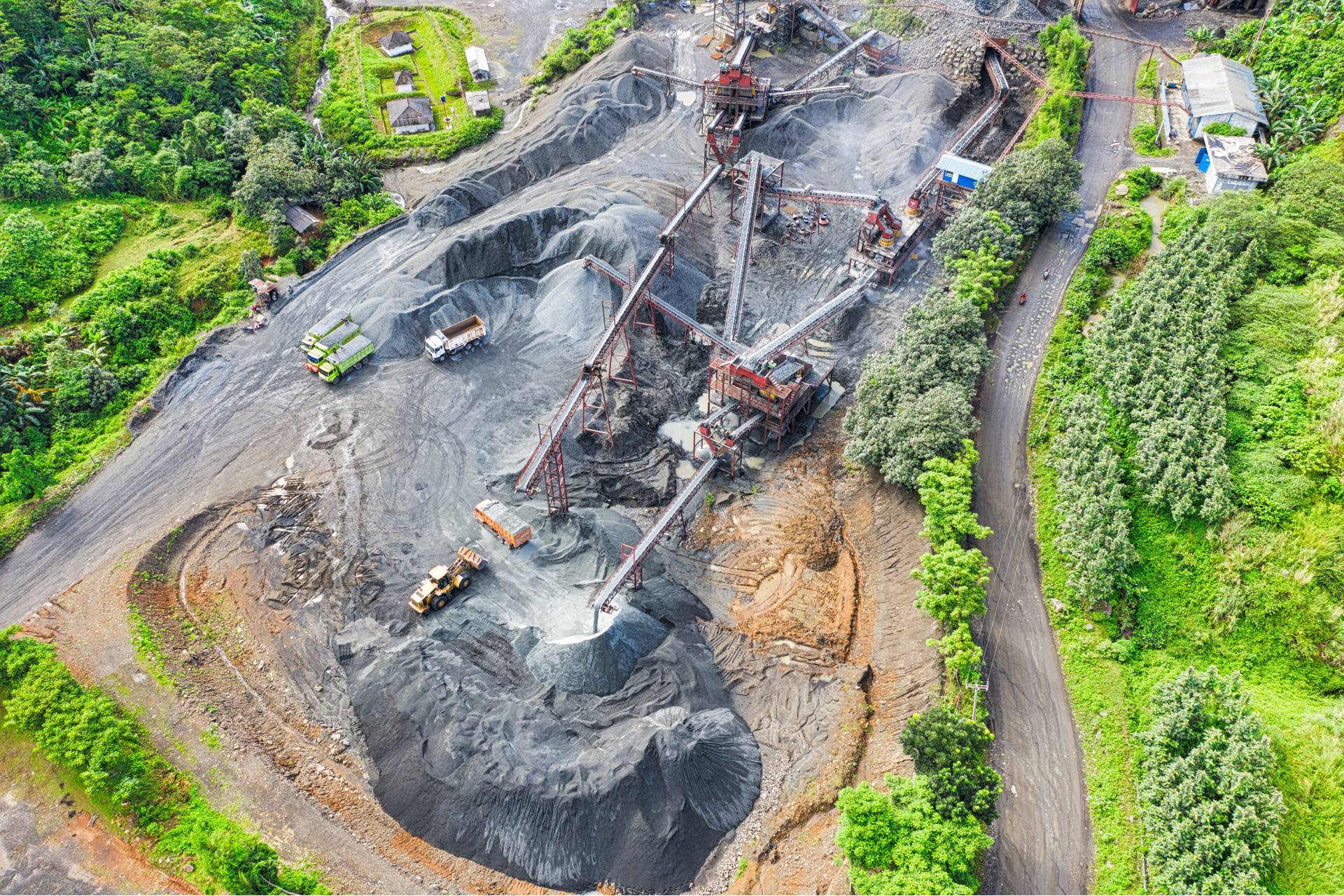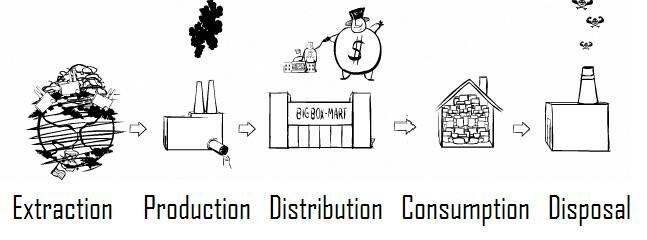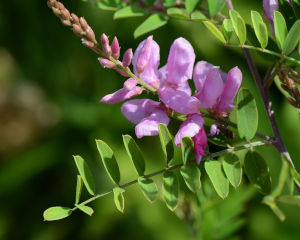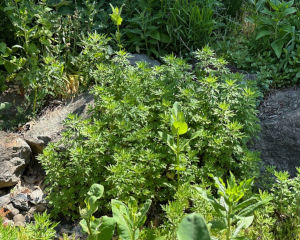
Understanding the True Cost of Things
By Mandar Bhagwat
Sign up for our monthly newsletter!
In our modern world, where the consumption of goods and services has become an integral part of our daily lives, it is imperative that we take a step back and truly understand the cost of the things we desire.
Have you ever wondered how much it really costs to produce the things you buy? Unfortunately, the price tag on a product only tells you a fraction of the story.
The true cost of a thing includes all the environmental, social, and economic costs associated with its production, distribution, and use. Often, the price we pay at the checkout counter does not reflect the full extent of the impact of the production, the resources, the people involved and the extraction processes on our environment. This blog post aims to shed light on understanding the true cost of things, emphasizing the importance of preserving our natural capital, respecting human rights, and re-evaluating our buying practices.
Defining the True Cost
When we talk about the true cost of things, we refer to their comprehensive impact on both the environment and society beyond their monetary value. In addition to production and distribution costs, the true cost reflects the depletion of natural resources, environmental degradation, loss of biodiversity, pollution, social inequality, and even the well-being of future generations. By accounting for these hidden costs, we can better understand the long-term sustainability and value of the products we consume.

For example:
- The production of a single T-shirt can require the use of 700 gallons of water to grow cotton, 10 pounds of chemicals to dye (further polluting the water), and 2.5 pounds of coal.
- Producing a single smartphone requires 60 kilograms of minerals, including gold, silver, and cobalt. Unfortunately, these minerals are often mined in developing countries under dangerous and exploitative conditions.
- A hamburger can require 1,800 gallons of water (average person drinks 182.5 gallons per year), and 25 pounds of grain.
- We might buy a cheap pair of shoes made in a sweatshop, even though we know the workers who made them might have been exploited.
- We might buy a new car even though we know that it will pollute the environment.
The true cost of something is not just environmental. It is also social and economic. For example, extracting natural resources can lead to deforestation, pollution, and human rights abuses. The manufacturing of goods can lead to worker exploitation and environmental damage. The transportation of goods can contribute to climate change, and the disposal of goods can lead to pollution and health problems.
If we want to make more sustainable choices, we need to understand the true cost of the things we buy. Here are a few things to keep in mind:
- The environmental cost: How much pollution is created in the production of the product? How much energy is used? How much water is consumed?
- The social cost: How are the workers who made the product treated? Were they paid a fair wage? Were they working in safe conditions?
- The economic cost: How much does it cost to dispose of the product at the end of its life? Are there any long-term costs associated with its use, such as environmental damage or health problems?
These above costs information is not easily available, we consumers should demand the data transparency from companies who are producing the products/services.
Natural Capital and its Importance
What is natural capital?
Natural capital is the world’s stock of natural resources, which includes soil, air, water, and all living organisms. Some natural capital assets provide people with free goods and services, often called ecosystem services. All of these underpin our economy and society and thus make human life possible. However, our current economic model often fails to acknowledge the finite nature of these resources and their irreplaceable value. Recognizing and valuing natural capital is crucial to ensure its sustainable use, promote responsible extraction, and safeguard the integrity of our environment.
For example, a well-maintained forest or river may provide an indefinitely sustainable flow of new trees or fish, whereas over-use of those resources may lead to a permanent decline in timber availability or fish stocks. Natural capital also provides people with essential services, like water catchment, erosion control, and crop pollination by insects, ensuring the long-term viability of other natural resources.
Why does natural capital matter?
The World Bank estimates that the global economy could lose $US 2.7 trillion by 2030 (compared to business as usual) if certain ecosystem services collapse (pollination, carbon sequestration and storage, fisheries, and timber provision).
In low-income countries, GDP could decline 10% annually on average, with higher losses in countries particularly dependent on ecosystem services.
Natural capital is the foundation of our economy and society. It provides us with essential goods and services for our survival and well-being. However, many of these benefits are not reflected in market prices and are often overlooked or undervalued. This leads to over-exploitation and degradation of natural resources, which threatens our future prosperity.
To understand the true cost of a thing, we need to account for its impact on natural capital and incorporate it into our decision-making processes. By doing so, we can ensure that we use natural resources wisely and sustainably while enhancing our quality of life.
Stubborn Optimism
By taking the time to understand the true cost of the things we buy, we can make more sustainable choices that are better for ourselves, our communities, and the planet.
Here are a few things we can do to understand the true cost of things:
- Do your research. Before buying something, take a few minutes to research its production’s environmental and social impact. You may find resources available online that can help you with this.
- Choose products with a low environmental impact. There are many products available that have a lower environmental impact than traditional products. For example, you can choose organic food, recycled clothing, and energy-efficient appliances.
- Consider the embodied energy of a product. This is the amount of energy that was used to produce the product, from the extraction of raw materials to the manufacturing process.
- Think about the lifecycle of a product. How will it be used and disposed of? What are the environmental and social impacts of its production, use, and disposal?
- Ask questions. When you are shopping, don’t be afraid to ask questions about the environmental and social impact of the products you are considering buying.
- Support businesses that are committed to sustainability. When you buy from businesses that are committed to sustainability, you are helping to support a more sustainable economy.
Additionally, you can do the following:
- Adopt green practices such as recycling, composting, using renewable energy sources, buying organic food, avoiding single-use plastics, and walking more (good for your health!) and driving less.
- Support policies and initiatives that promote conservation, restoration, and valuation of natural capital, such as carbon taxes, payments for ecosystem services, green bonds, biodiversity offsets and certification schemes.
- Educate yourself and others about the importance of natural capital and its role in our well-being and prosperity.
- Participate in citizen science projects that monitor and report on the state of natural capital, such as iNaturalist, eBird, and Earthwatch.
- Join or donate to organizations that advocate for and protect natural capital, such as WWF, Conservation International, and The Nature Conservancy.
By understanding the true cost of things, we can make more informed choices about what we buy. This can help us to live more sustainably and to protect our planet for future generations.
Mandar Bhagwat has excelled as a business expert and entrepreneur in the software and digital tech industry. He founded and nurtured a successful tech company for 16 years. He is passionate about Sustainability and particularly Climate Change.
Plantings

The Ecological Impact and Potential of the American Lawn
By Jake Eshelman


Viriditas: Musings on Magical Plants: Artemisia vulgaris
By Margaux Crump

Working the Garden and Spirit: An Interview with Maria Rodale
By Gayil Nalls


Eat More Plants Recipes:
Heirloom Tomato with Fermented Blackberries and Roasted Kale Stem Oil
By Tessa Liebman

As Ireland transitions from the rich, smoky scent of peat-burning to a more sustainable future, its olfactory heritage is evolving. What will become the next iconic aromatic symbol of Ireland?
Click to watch the documentary trailer.


